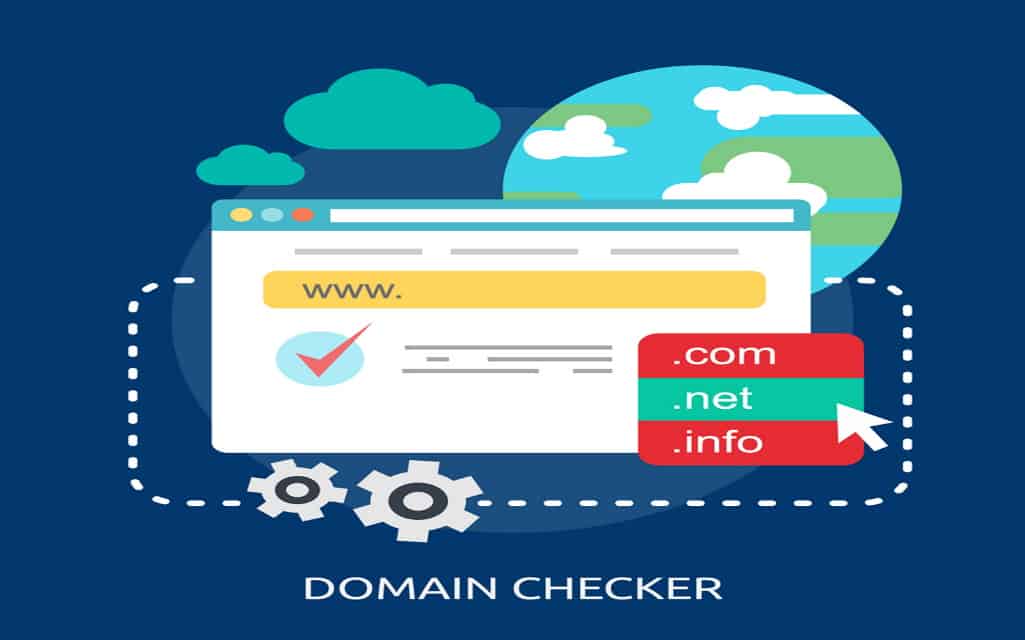So you’ve decided that you want to create a website. The first thing you need is to register a domain name, and you’ve stumbled upon the TLD and are now wondering what it is.
In this article, I’ll give you a brief explanation of what it is and five steps to register your domain name and break down some terms that will help you make the right choice for your website.
Let’s get started.
What Is a TLD?
Before you get to know what a top-level domain is, you should first understand what a domain name comprises. It essentially has three levels, the subdomain, second-level domain, and top-level domain.
So let’s use an example domain name and break it down – my.example.com.
- my is considered the subdomain.
- example is the second-level domain
- .com is the top-level domain
So it can be said that the top-level domain is the last part of your domain name.
ICANN – the organization that oversees and organizes all types of TLD according to its associated website, divides TLDs into three main categories. Those categories are:
- gTLD – also known as a generic top-level domain, is the most common type that users can register. For example, .com is for commercial sites, and .org is for organizations.
- sTLD – known as a sponsored top-level domain, is a type where the extension is restricted. For example, .gov is specifically for governmental bodies, and .edu is for educational institutions.
- ccTLD – known as county code top-level domain, is an extension that represented the website’s country location. For example, .au is for Australia, and .us is for the United States of America.
5 Steps to Register Your Domain Name
Now to get a top-level domain, you’ll need to register your domain name first. Let’s take a look at the steps to do it.
1. Pick a Domain Name Registrar
You’ll first need to find the right domain name registrar. It’s a business where it facilitates and manages a domain name transaction between you and a domain name registry like ICANN.
There are a couple of things you should look out for when picking a domain registrar. One of them is hidden fees or additional costs. Plenty of domain registrars will offer a very affordable price to register your domain but will make it expensive for you to renew it.
Also, take note in terms of the registrar’s security because there are many domain name hijacking cases.
2. Check the Availability of the Domain Name
Once you’ve picked the domain registrar, the next step is to check whether the domain name you want is available. You can easily do this by using a domain checker tool.
The domain name checker would also often provide you with alternative ideas if the domain name you want is not available. It can be by giving you synonyms, similar words to your second-level domain name, or changing the TLD.
3. Make Sure You Choose a Good Domain Name
When choosing a domain name, you need to be strategic because it’s not just a shortcut replacing an IP address, but it’s also a valuable marketing tool.
If you pick the right domain name, it can help you:
- Increase your site’s search engine ranking.
- Gain credibility.
- Separate yourself from the competition.
Now, to get a good domain name, here are some tips you can use:
- Make sure it’s brandable – meaning it’s unique and stands out.
- Keep it short – less than fifteen characters.
- Ensure it’s simple and easy to pronounce,
- Avoid using special characters, hyphens, numbers, and doubled letters.
4. Select the Right TLD for Your Website
When choosing the right TLD, most people would tend to go for the .com extension. They do this simply because it’s the most memorable and used extension as people tend to type .com after a second-level domain name.
You might come across a situation where your domain name’s TLD is already taken. Worry not because, as I mentioned earlier, there are more types of TLDs that you can utilize.
For example, you can focus on your niche by choosing a .io for gaming or .store for an online store. Or you can also focus on your location by adding your country-code as a TLD.
5. Check Domain Auctions and Aftermarkets
If you have money to spare, you can always head over to domain name auctions and aftermarkets to buy already-registered domains. This is a great way to get the domain name you want or a domain name that has a great history.
There are generally three ways to buy a domain name using these methods, those are:
- Timed auction – where people bid over a collection of domains within a specific period. The highest bidder wins the domain name.
- Buy-it-now auction – where you buy with a “buy now” price that the seller has set beforehand.
- Offer and counteroffer auction – where you negotiate with the seller for the right price.
Here are a few tips to help narrow down your search:
- Check Wayback Machine to see the domain name’s history.
- Set a maximum price for the auction.
- Know the age of the domain, usually the older, the better.
Conclusion
Now you know what types of TLDs are available and also where you can get them. All that’s left to do is find the right TLD for you. Remember that you don’t always have to choose .com, but you can also use other TLDs to stand out from the crowd. Good luck!



